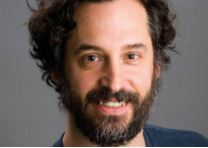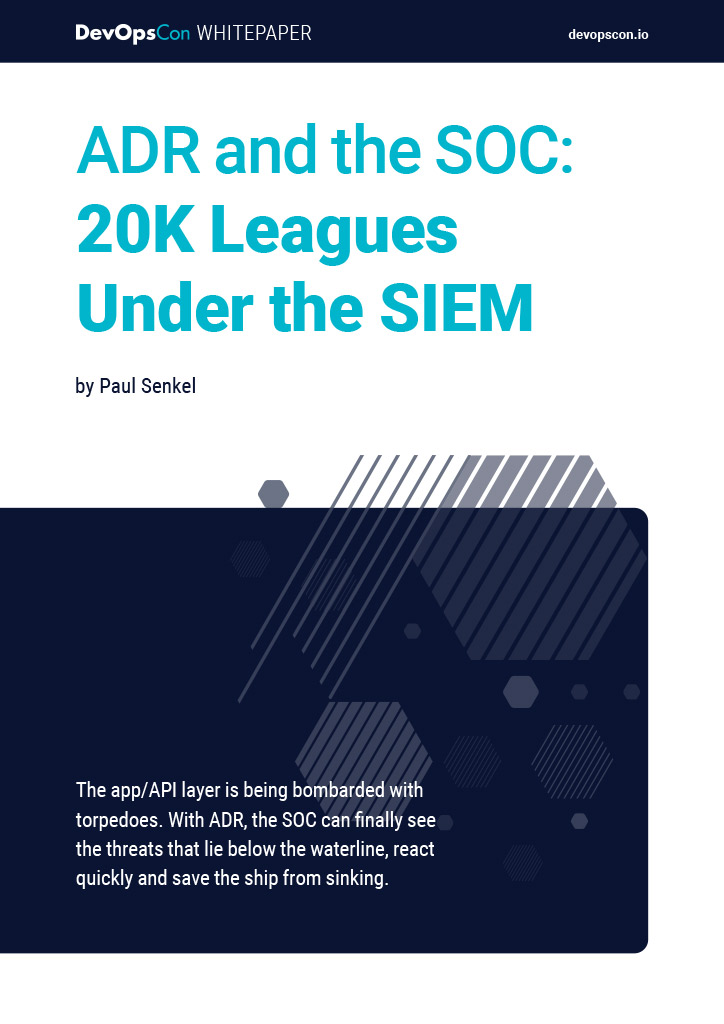STAY TUNED
Learn more about DevOpsCon
We spoke with Andrew Shafer about the current state, challenges, and successes of the DevOps movement. In his DevOpsCon workshop, Shafer, along with colleagues Jabe Bloom and Sasha Rosenbaum, brings a fresh perspective to the table: What can DevOps learn from the ideas of Domain-Driven Design?
DevOpsCon: You have a workshop on DDD – no, it’s not Domain-Driven Design, the abbreviation stands for Domain-Driven DevOps. Is this just a little play on words, or is your workshop close to the ideas of Domain-Driven Design?
Andrew Clay Shafer: The workshop applies Domain-Driven Design to platforms and infrastructure domains, while also articulating that there is a developer and operational responsibility for all software that is run as a service. The goal is to develop a framework for developing a ubiquitous language and plan solutions that keep promises to developers, operators, security, and compliance for your organization.
DevOpsCon: How is it that many DevOps initiatives in companies do not achieve the desired results? The idea of bringing developers and operators closer together doesn’t sound impossible at first.
Andrew Clay Shafer: Many organizations struggle to get results because they add tools and processes without a clear understanding or goal beyond adopting the new tools and processes. Bringing developers and operators closer together is not enough. Being together can help with empathy and understanding and with aligned incentives. The best results usually come from getting alignment on what we are collectively trying to achieve.
DevOpsCon: In the workshop, you present a framework for organising responsibilities for software, platforms, and infrastructure with respect to leadership, product, development, architecture and operations. Can you briefly outline the essential features of the framework?
Andrew Clay Shafer: The frame evolved from seeing Dev and Ops as an oversimplification. Without leadership sponsoring the new ways of working, very little change will happen. A product competence connects what the organizations are developing and operating to why they are doing so. Architecture becomes critical as the scale of personnel and the systems increase. We apply this frame to all software.
DevOpsCon: Many companies, especially large corporations, have highly regulated, rigid structures that make it difficult to implement company-wide cultural changes. Can the framework also be applied in such situations?
Andrew Clay Shafer: Highly regulated environments benefit the most because part of the problem they have with change is the lack of ubiquitous language to explicitly align new behaviors. Infrastructure and platform, together with improved social practices, ultimately improve the ability to deliver without compromising regulatory compliance.
DevOpsCon: From your personal perspective, what topic do you feel is missing from the current discussions around DevOps?
Andrew Clay Shafer: What is missing? Everything and nothing. There is a forest for the trees problem and a novelty problem. Individuals and organizations predictably focus on details that sometimes miss the greater point and rarely revisit that. Everything we call DevOps has roots in research and movements that go back over 50 years. Part of the motivation for deliberately expanding to consider leadership, product, and architecture is to offer a more holistic approach. At the same time, DevOps themes echo insight from Deming, Senge, Ackoff and Goldratt, just to credit a few people.
DevOpsCon: What is the key take-away from the workshop that each participant should take home?
Andrew Clay Shafer: We assume everyone is coming in with different levels of understanding and empowerment and from organizations with different experience driving DevOps initiatives. Our hope would be to give people language and techniques to build better cross-functional alignment which they can use to re-energize or initiate their organizational commitment to improving their software outcomes.
DevOpsCon: Thank you very much!






 6 months access to session recordings.
6 months access to session recordings.